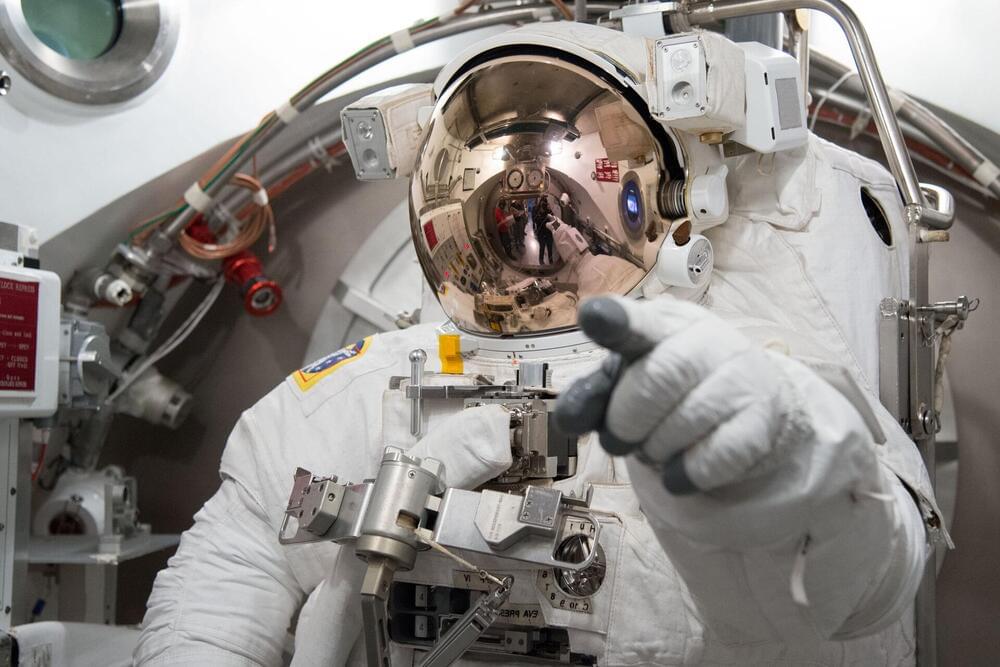Get a Wonderful Person Tee: https://teespring.com/stores/whatdamath.
More cool designs are on Amazon: https://amzn.to/3wDGy2i.
Alternatively, PayPal donations can be sent here: http://paypal.me/whatdamath.
Hello and welcome! My name is Anton and in this video, we will talk about new announcement about a potential breakthrough in fusion.
Links:
https://theconversation.com/how-far-has-nuclear-fusion-power…ogy-195114
https://aip.scitation.org/doi/10.1063/5.0085304
https://www.llnl.gov/news/national-ignition-facility-experim…n-ignition.
https://journals.aps.org/prl/abstract/10.1103/PhysRevLett.129.075001
Previous video with details: https://youtu.be/5M5U2_9eEgM
#fusion #physics #breakingnews.
Support this channel on Patreon to help me make this a full time job:
https://www.patreon.com/whatdamath.
Bitcoin/Ethereum to spare? Donate them here to help this channel grow!
bc1qnkl3nk0zt7w0xzrgur9pnkcduj7a3xxllcn7d4
or ETH: 0x60f088B10b03115405d313f964BeA93eF0Bd3DbF
Space Engine is available for free here: http://spaceengine.org.
Enjoy and please subscribe.
Twitter: https://twitter.com/WhatDaMath.





